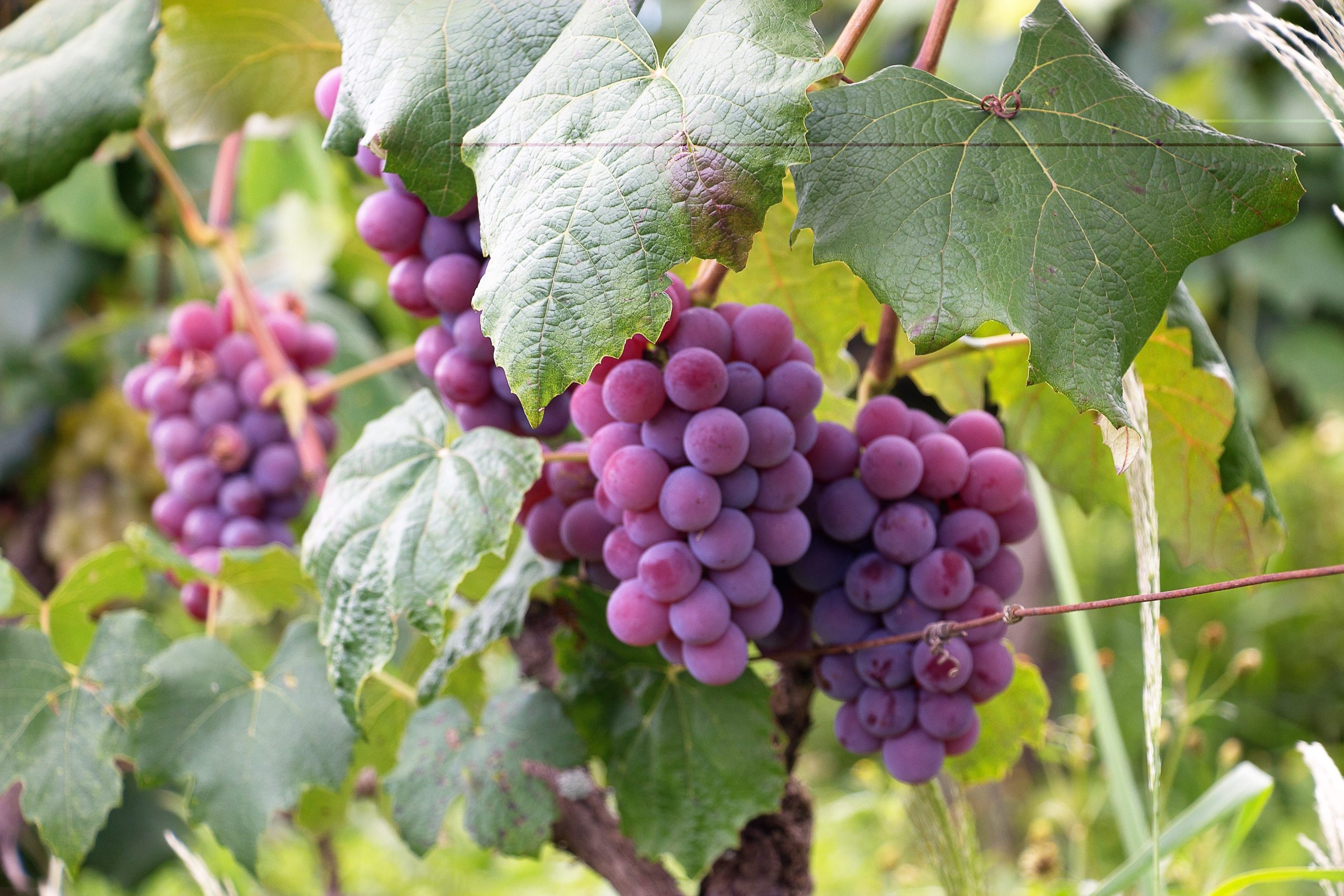Microbes will certainly play a role in revolutionizing agriculture over the next several decades to help meet the demands of a growing population. Promising agricultural products include organisms that increase crop yield through enhanced nutrient uptake by plants (inoculants), and organisms that reduce crop loss due to pests (biocontrol). Soil microorganisms interact with plant roots where they get nutrition from root exudates and degrading organic matter.
Beneficial and effective microorganisms ensure sustainable crop production, crop protection and natural resource conservation when applied in soil, plant and environment improving plant resilience and yields in farming systems.
Microbial products are referred to as crop probiotics, biological or bio-fertilizers, biostimulants, biocontrols, or biofungicides, among other names. They may contain one strain of bacteria or fungi, or they may contain many. Some are applied to the soil, others are applied to seeds, and still others are added as foliar sprays.
Despite the huge potential of microbial products, their adoption has been slow, and their impact on crops is often unpredictable or unclear to farmers. As with any agricultural input, one key to the successful use of microbial products is applying them at the right time, in the right place, and at the right concentration. However, unlike most inputs, these products contain live organisms that must survive and become active in the environment. This complicates the production of microbial products in two major ways: Formulation and shelf life and Survival and establishment of microbial products.
Solutions to formulation and shelf life challenges are an active area of research for material engineers and biotechnology experts and being one of our primary targets at Biond Agrobiotechnology.


